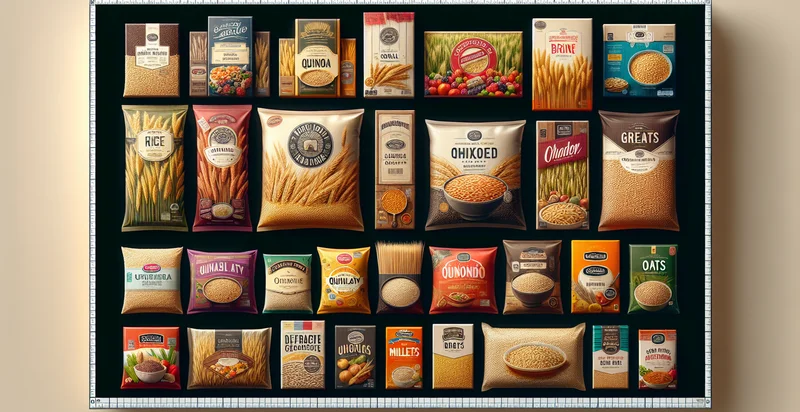Identify grains brands
using AI
Below is a free classifier to identify grains brands. Just upload your image, and our AI will predict what type of grain brand it is - in just seconds.

Contact us for API access
Or, use Nyckel to build highly-accurate custom classifiers in just minutes. No PhD required.
Get started
import nyckel
credentials = nyckel.Credentials("YOUR_CLIENT_ID", "YOUR_CLIENT_SECRET")
nyckel.invoke("grains-brands", "your_image_url", credentials)
fetch('https://www.nyckel.com/v1/functions/grains-brands/invoke', {
method: 'POST',
headers: {
'Authorization': 'Bearer ' + 'YOUR_BEARER_TOKEN',
'Content-Type': 'application/json',
},
body: JSON.stringify(
{"data": "your_image_url"}
)
})
.then(response => response.json())
.then(data => console.log(data));
curl -X POST \
-H "Content-Type: application/json" \
-H "Authorization: Bearer YOUR_BEARER_TOKEN" \
-d '{"data": "your_image_url"}' \
https://www.nyckel.com/v1/functions/grains-brands/invoke
How this classifier works
To start, upload your image. Our AI tool will then predict what type of grain brand it is.
This pretrained image model uses a Nyckel-created dataset and has 20 labels, including Amaranth, Barley, Buckwheat, Bulgar, Corn, Couscous, Emmer, Farro, Freekeh and Millet.
We'll also show a confidence score (the higher the number, the more confident the AI model is around what type of grain brand it is).
Whether you're just curious or building grains brands detection into your application, we hope our classifier proves helpful.
Related Classifiers
Need to identify grains brands at scale?
Get API or Zapier access to this classifier for free. It's perfect for:
- Brand Authenticity Verification: This function can be employed by retailers to ensure that the grains they are selling are from authentic brands. By verifying the brand labels, retailers can avoid counterfeit products, thus maintaining their reputation and customer trust.
- Supply Chain Management: Grain distributors can use the image classification function to streamline their inventory by identifying and categorizing various grain brands. This aids in efficient supply chain operations and reduces the risk of human error in inventory management.
- Quality Control in Manufacturing: Food manufacturers can implement this function to check the grain brand at the incoming raw material stage. By confirming the brand, manufacturers ensure that they're sourcing high-quality grains that meet their production standards.
- Market Analysis and Trends Reporting: Marketing analysts can utilize the image classification system to gather data on the most popular grain brands in the market. This information can drive strategic marketing campaigns and identify emerging trends in consumer preferences.
- E-commerce Brand Filtering: Online platforms can integrate this function to allow customers to filter or search for specific grain brands. This enhances user experience, making it easier for consumers to find products that meet their preferences while also promoting brand loyalty.
- Agricultural Research and Development: Researchers in the agricultural sector can apply the image classification function to collect and analyze data on grain brands. Understanding which brands yield the best-quality products can foster advancements in farming techniques and genetic research.
- Food Safety Compliance: Regulatory bodies can use this function to monitor grain brands for compliance with food safety standards. By identifying non-compliant brands quickly, they can take timely actions to protect public health and ensure that only safe products enter the market.


